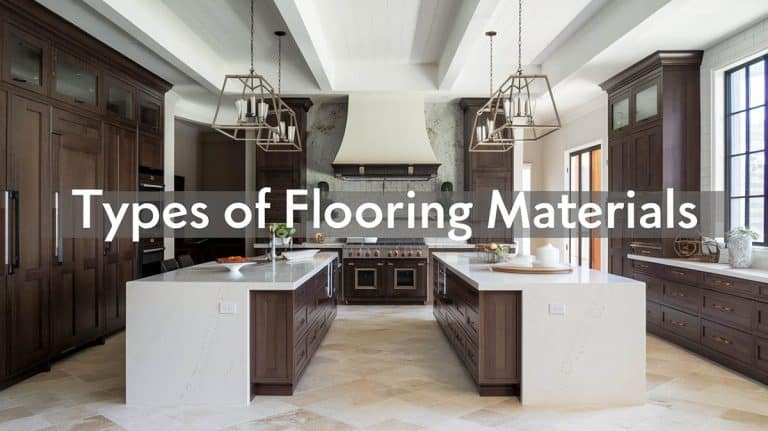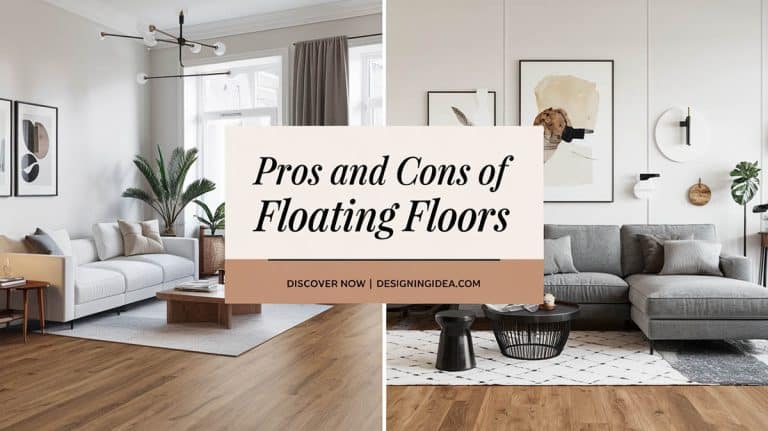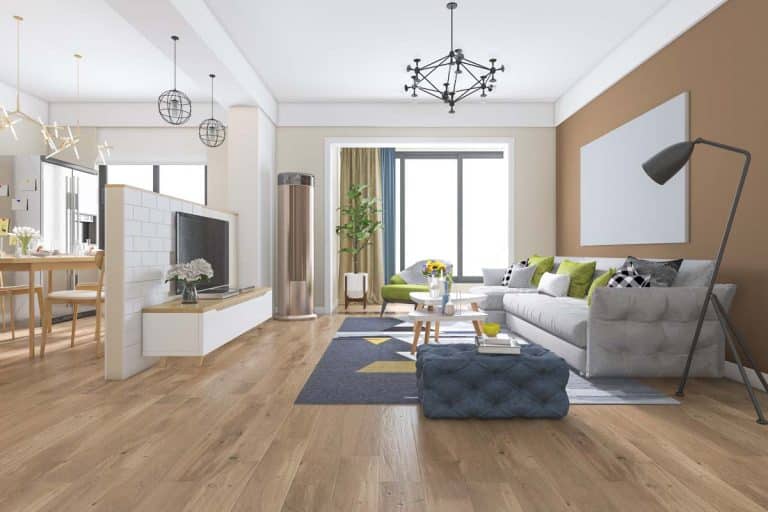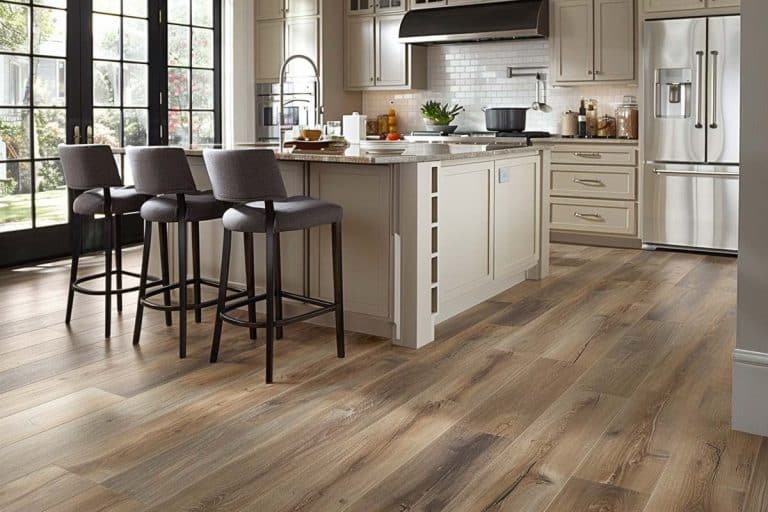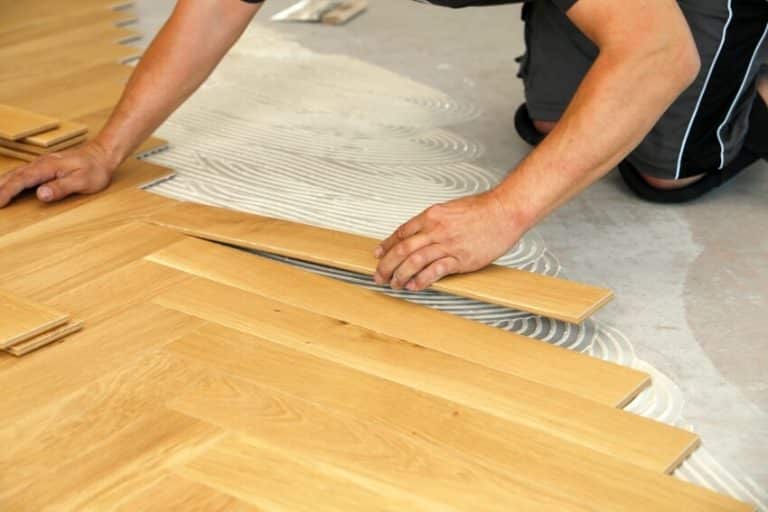Is A Floating Wood Floor Right For Your Kitchen?

We spend an average of 400 hours a year in a kitchen, according to the latest survey from OnePoll. Thus, if you’ve got more than one person in a household, you can imagine the large number of foot traffic in your kitchen. As you are subjected to wear and tear, you would like to select a flooring system that can withstand the demands of the busy space, and a popular installation option today is the floating wood floor.
The floating wood floor system is basically when your flooring material is not attached to a substrate using the traditional nail or glue-down methods. The flooring installation system is made from engineered wood and usually with a click system to put together the tiles.
Reasons to Choose Floating Wood Floors
You want to install the floor yourself. Thanks to its click-and-lock system, installing a floating floor is easier compared to your conventional options. Aside from not having to deal with complicated steps, materials, and tools are generally available in an average household. Tools required to install floating wood floors usually include a rubber mallet, tapping block, spacers, an undercut or handsaw, a hammer, a flooring nailer or stapler, and adhesives (for certain types of wood floors).
You have a tight construction timeline. When you want to install or change your kitchen wood floors as soon as possible, Excluding the time for wood floors to acclimate, the average time floating wood floors are installed is 100 to 300 square feet per day for a knowledgeable DIYer. But of course, factors such as the design of the layout and the type of wood used will affect the installation period.
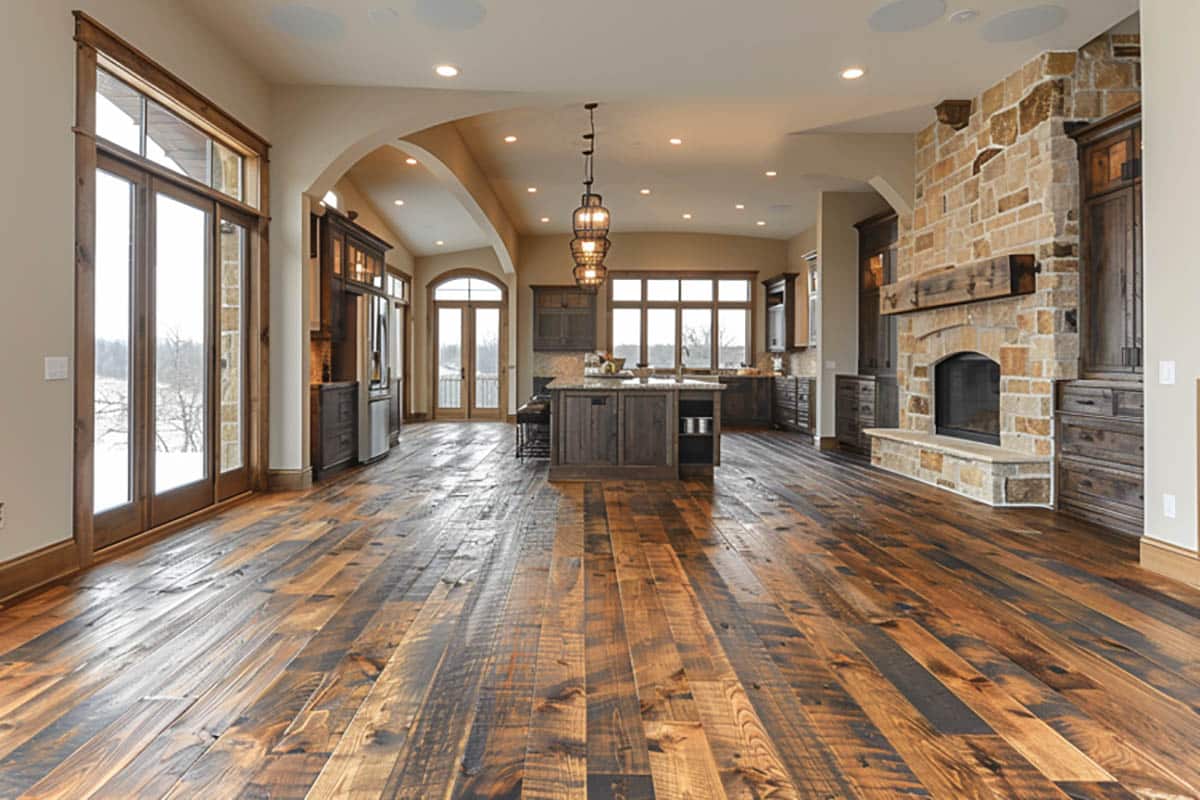
You want quality wood flooring that is inexpensive. In general, floating wood floors are cost-effective, with a wider price range than vinyl and laminates. The average cost of vinyl per square foot is $0.50, while luxury vinyl versions (commercial grade) can cost around $6, according to HomeAdvisor. Engineered hardwoods are a little bit pricier, ranging from $3 to $25, depending on brand and quality.
You can have quality flooring that can last from 30 to 80 years but is not as expensive as its hardwood counterpart, which provides a similar or even longer-lasting product.
You are a renter who is planning to move away in a few years. While quality floating wood floors can last from 30 to 80 years, you also have the option to get laminate, and click wood flooring usually has a service life of 15 to 25 years, according to Chauncey Crail of Forbes Home. Moreover, renters or those who live in a property temporarily can install existing flooring without causing any major damage or change.
You live in a place where extreme temperature changes often occur. Your kitchen is located at the ground level with a concrete substrate. If you’re planning to install below-grade as well, floating wood floors are great as they are less susceptible to moisture, especially when placing an insulation barrier between the substrate and the floating wood floor.
You have a particular type of look for a wood material. When you’re aiming for a particular look from a wood material, an endless selection of textures and color temperatures is an advantage. Engineered wood, laminate, and vinyl can mimic the look of real wood. However, laminate and vinyl can simulate almost any type of material, but engineered wood is more durable, and some variations can be resanded to update the look of your floors.
You worry about moisture buildup. The kitchen is no stranger to moisture or water damage, and if you worry about the effects of continuous exposure to water and moisture, then a floating wood floor is a better option. Based on Artisan Wood Floors, an American company based in New Jersey and Pennsylvania, floating wood floors are better than typical trees.
You have kids and pets around. As these are nonporous materials, spills and other ways to have the floor surface stained, such as a bamboo click-lock system, are available. Engineered floors have a smooth surface that is easy to install, and damaged areas in the kitchen floor can be replaced without worrying about a major renovation.
You will be spending a significant amount of time cooking in the kitchen. Floating wood floors often have a bit of give, providing a more comfortable surface to stand on for extended periods, which can be advantageous in a kitchen where you may spend a lot of time cooking.
You don’t have plans to resell your home. Although click-lock systems back then were initially considered more temporary or easily removable options compared to traditional nail-down or glue-down installations, advancements in engineering and technology have made them increasingly popular for long-term use in residential settings. As a result, they’re now valued not only for their ease of installation but also for their durability and stability, even in high-traffic areas like kitchens and living rooms.
So, if you don’t have plans to resell your home, opting for engineered flooring with a click-lock system can still be a practical and attractive choice that offers both convenience and lasting beauty for your family to enjoy.

